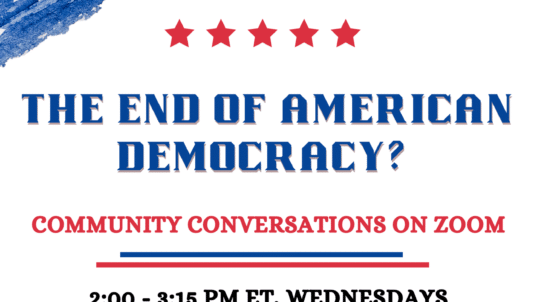
Photo by Retha Ferguson from Pexels
George Wagner invited his colleague Ashley Sackler to visit one of his general education courses to see how he used classroom discussions. Sackler was amazed at what she found. When the discussions began, students broke up into small groups around the room. Students worked together to set up a flipchart easel and then array chairs where they could see and hear each other. One student took up the role of a facilitator and captured thoughts on the flipchart paper. Pretty soon the room was filled with the hum of each group’s conversations in different corners of the room.
As Sackler moved around the room, observing different groups in turn, she realized that not only were the students staying on-topic, but their comments were also often quite insightful. Students built on each other’s ideas. Instead of arguing over differing ideas or trying to force a group consensus, they were comfortable in developing different possibilities and perspectives.
At the end of the class, Sackler remarked, “How on earth did you do this? I’ve never had class discussions like this.”
Wagner responded, “It wasn’t easy. In fact, it involved a lot of trial and error. But I realized I needed to create an infrastructure for discussions to be productive. I have a few core principles that seem to work:
- I carefully select students for mixed discussion groups.
- I ask them to sit together in class.
- I train them in facilitation and discussion skills.
- I build discussion group performance into their course grade. There are several parts of the final grade that depend on their performance as a group rather than just individual performance. One of these grade components includes bonus points if the group’s test grade averages out to be a certain percentage. This encourages them to study together outside of class. And that adds to their discussion group infrastructure.
“Maybe the most rewarding thing is how the groups have stayed friends after the class is over. They have formed bonds that help the college experience in so many ways. Look at this email I just received:
Hi Dr. Wagner,
Thought you’d enjoy seeing a picture of our group at Stonehenge. We decided to take a trip together, and your class inspired us to make our trip both educational and fun. Thanks so much for bringing us together as freshman in college.
Effective classroom discussions don’t just happen without careful planning. What do you think are the essential infrastructure elements for effective classroom discussions? How might carefully planned discussion groups lead to current and future academic success? What life lessons might be learned from the experiences from being in a carefully planned discussion group?
* * *
Physically robust infrastructure is not enough if it fails to foster a healthy community; ultimately, all infrastructure is social. – Pete Buttigieg
This post is part of our “Think About” education series. These posts are based on composites of real-world experiences, with some details changed for the sake of anonymity. New posts appear Wednesday afternoons.



